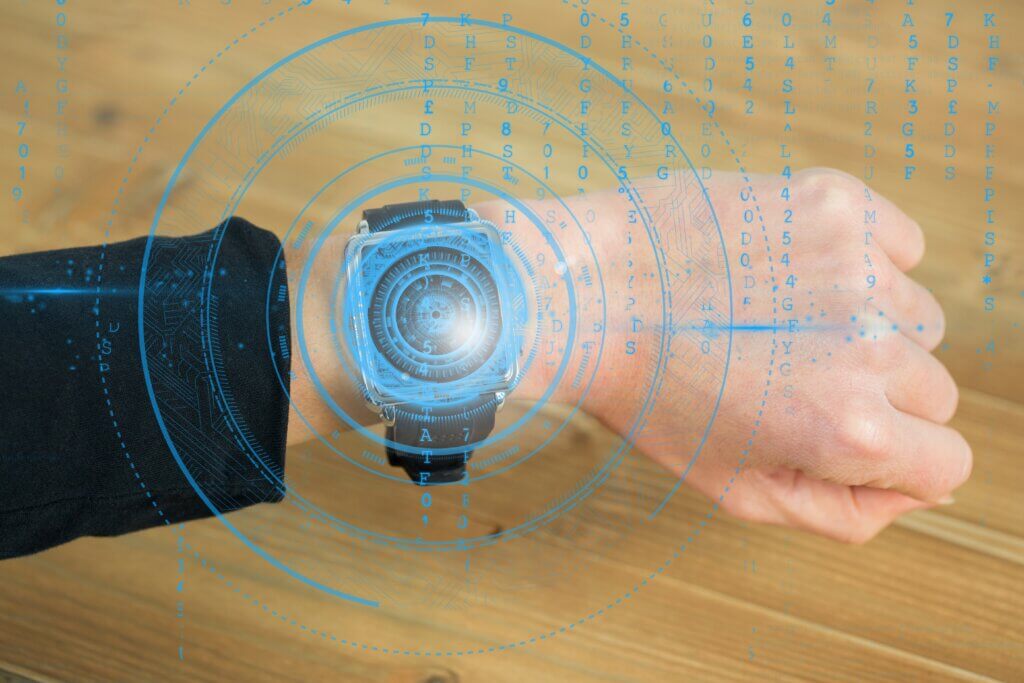Wearable
Wearable technology in healthcare and field service safety monitoring refers to electronic devices worn by field technicians to enhance workplace safety by tracking health metrics, detecting environmental hazards, and facilitating communication in hazardous or remote environments. Common examples include smart glasses, biometric wristbands, helmet-mounted sensors, and GPS-enabled safety clips. These solutions closely resemble wearable medical devices commonly used for health monitoring in clinical and industrial settings.These devices are widely adopted in industries such as construction, mining, oil and gas, and utilities to reduce accident rates and support occupational health and safety programs.
Field service wearables are designed to collect real-time data on technician health, movement, and surrounding conditions. The primary purpose is to issue timely alerts in response to risks such as elevated heart rate, gas exposure, accidental falls, or entry into restricted zones. Many systems integrate with broader Environment, Health, and Safety (EHS) platforms for centralized monitoring and predictive analytics.
Common Types
- Smart Glasses: Provide augmented reality (AR) overlays, visual alerts, and remote assistance.
- Biometric Wristbands: These are wearable health trackers that monitor heart rate, skin temperature, and worker fatigue.
- Helmet Sensors: Detect impact, vibration, and environmental hazards such as toxic gases.
- Clip-On Devices: Often include SOS buttons, GPS tracking, and fall detection features.

Functionality
Wearable safety devices combine sensors, data processing units, and connectivity systems to function effectively:
Sensors
- Biometric Sensors: Track heart rate, stress levels, and skin temperature.
- Motion Sensors: Detect slips, trips, falls, or irregular movements.
- Environmental Sensors: Monitor air quality, gas concentrations, and noise levels.
- Location Sensors: Use GPS or Bluetooth for geofencing and positional tracking.
Data Processing
Data may be analyzed on the device (edge computing) or transmitted to a cloud-based platform via mobile networks. When thresholds are exceeded, alerts are triggered through visual, haptic, or audible notifications. Notifications can also be sent to supervisors or centralized control rooms.
Integration with Safety Systems
Modern wearable solutions often integrate with EHS management software to enable:
- Dashboard-based monitoring
- Historical trend analysis
- Predictive safety interventions based on accumulated data
Applications
- High-risk environments: Oil and gas, mining, and construction sites
- Lone worker scenarios: Remote locations with limited communication
- Fatigue-sensitive roles: Extended shifts or heat-intensive work conditions
- Tasks requiring AR assistance: Assembly, inspections, or repairs using smart glasses
Challenges
Common challenges associated with wearable adoption include:
- Privacy concerns: Collecting biometric data may raise regulatory compliance issues under laws such as GDPR and HIPAA.
- Connectivity limitations: Remote or underground environments can reduce device functionality.
- False alerts: Poor calibration or improper device placement can lead to inaccurate readings.
Regulatory and Industry Standards
Wearable safety programs are often aligned with standards such as:
- OSHA (Occupational Safety and Health Administration) guidelines for worker protection
- ANSI (American National Standards Institute) safety equipment standards
- ISO 45001: Occupational health and safety management systems
- Data protection frameworks: Including GDPR for privacy compliance
Our trusted customers











